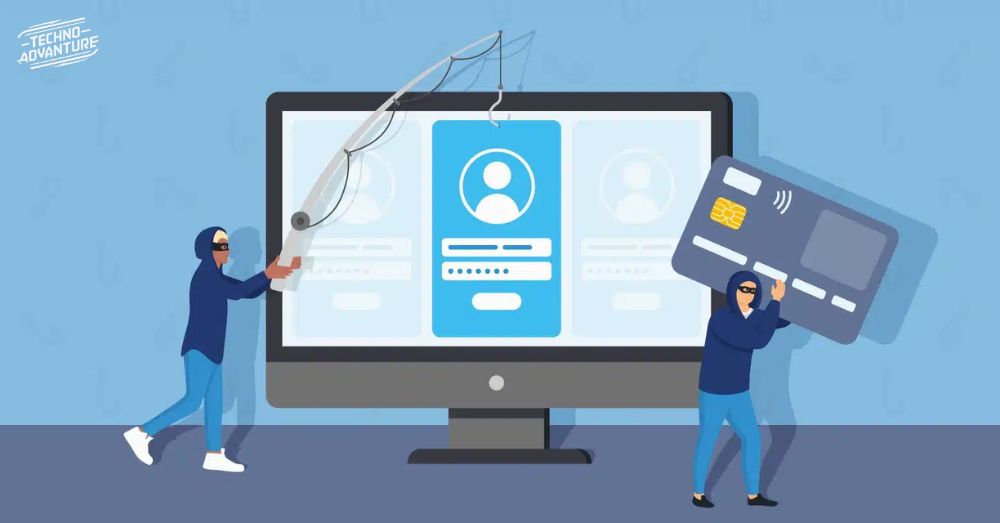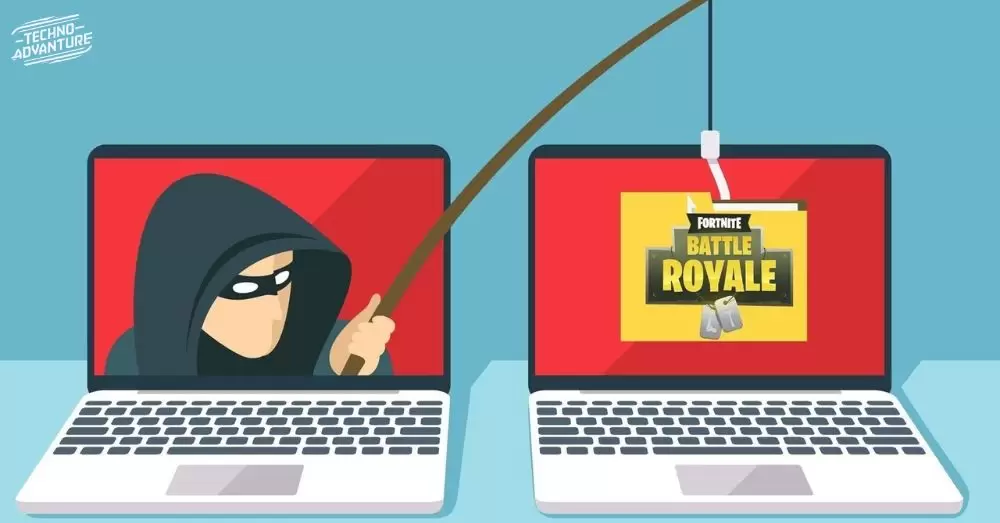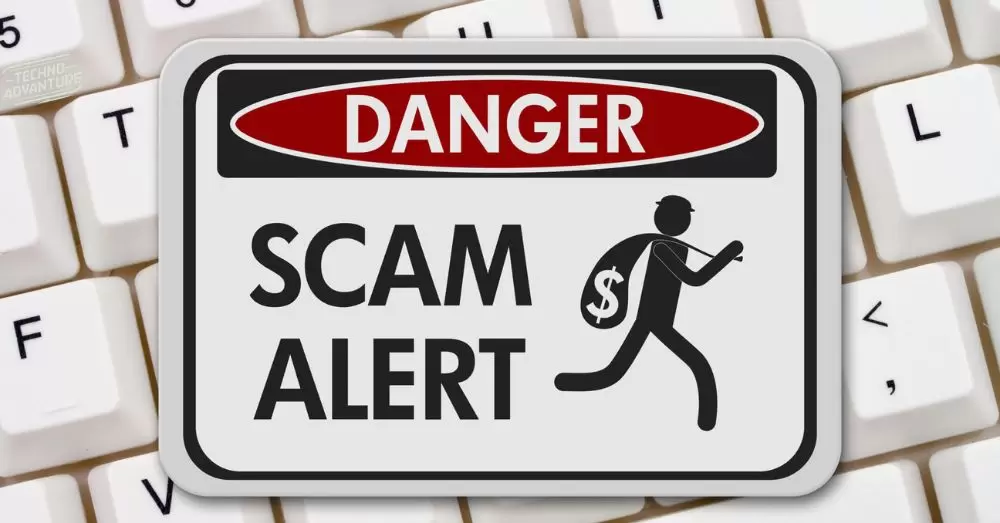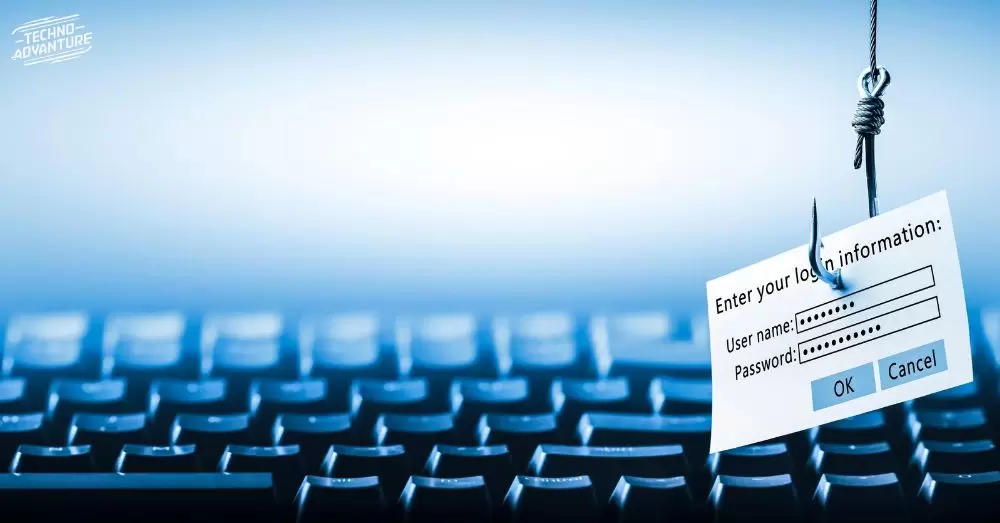Phishing scams are increasing every year. These scams deceive many people daily. Cybercriminals use emails, texts, and fake websites. They mimic trusted organizations like banks and the USPS. They steal sensitive information like passwords and credit card numbers.
Everyone must stay alert to avoid these threats. The scams often look very convincing. Always verify messages from unknown sources. Never click on suspicious links. Use strong security measures online.
Phishing can lead to identity theft and financial loss. Protect personal information by being cautious. Stay informed about new phishing techniques.
Understanding the US9524901144737 USPS Scam
The US9524901144737 USPS scam is a serious threat. Scammers impersonate USPS to deceive people. They send fake tracking numbers to victims. The scam uses fake USPS notifications. These notifications claim undeliverable packages.
Victims click a link to update their address. This link leads to a phishing website. The website mimics the official USPS site. Users enter personal information on this fake site. Scammers steal this information for identity theft. They might also sell it on the dark web.
Always verify any suspicious USPS notifications. Do not click links from unknown sources. Use the official USPS website to check tracking numbers. Stay cautious to avoid these scams.
How the US9524901144737 Phishing Scam Operates
The US9524901144737 phishing scam operates in stages. First, victims receive fake USPS notifications. These messages claim a package is undeliverable. The notifications include a tracking number and link. Victims click the link to resolve the issue.
This leads to a phishing website. The site mimics the official USPS website. Users enter personal information on the site. Scammers collect this data for identity theft. They might also sell the data online. Always check the URL for authenticity.
Do not trust urgent delivery failure notices. Verify tracking numbers on the official USPS website. Stay alert to avoid falling for these scams. Protect personal information from phishing attacks.
Initial Contact: Recognizing the First Step of the Scam
The US9524901144737 USPS scam starts with an unexpected message. The message claims a package is undeliverable. It includes a fake tracking number and link. This is the first step of the scam. The message creates urgency and confusion.
Scammers hope victims will act quickly. Victims click the link without thinking. The link leads to a phishing website. The website looks like the USPS site. Users enter personal information on this fake site. Scammers collect this data for identity theft.
Always verify messages from unknown sources. Check tracking numbers on the official USPS website. Be cautious of urgent delivery failure notices. Protect personal information from scams.
Phishing Website: Spotting the Fake USPS Site

The US9524901144737 USPS scam uses a phishing website. This site mimics the official USPS site. It looks convincing at first glance. Scammers design it to steal personal information. Always check the URL for authenticity.
Fake USPS sites often have slight differences. Look for unusual characters in the URL. Official USPS sites use “USPS.com.” Fake sites might use similar names. The website might ask for personal information. Never enter sensitive data on suspicious sites.
Verify the site’s security features. Look for a padlock symbol in the address bar. Legitimate sites have secure connections. The US9524901144737 USPS scam relies on deception. Always trust your instincts. Stay cautious to avoid phishing scams.
Recommended Post: SMART SQUARE KUMC/ TUKH LOGIN
Data Collection: What Information Scammers Want
Scammers in the US9524901144737 USPS scam aim to collect sensitive data. They want your personal and financial information. They target full names, addresses, and phone numbers. Scammers also seek email addresses and credit card details.
The US9524901144737 USPS scam uses fake USPS sites. These sites trick users into entering information. Scammers then use this data for identity theft. They might also sell it on the dark web. Protect personal information by staying cautious.
Never enter data on suspicious websites. Always verify the authenticity of the site. The US9524901144737 USPS scam preys on unsuspecting victims. Stay informed to avoid falling for these scams. Secure your data and stay vigilant.
Real-Life Example: John’s Encounter with the Scam
John encountered the US9524901144737 USPS scam recently. He received a fake USPS notification. The message claimed his package was undeliverable. John clicked the provided link quickly. It led to a convincing phishing site. He entered his personal information there.
Scammers collected John’s data instantly. They used it for identity theft. John’s financial accounts were compromised. He faced months of recovery efforts. John reported the scam to authorities. He also contacted his bank immediately. This helped limit further damage.
Always verify unexpected notifications. Check tracking numbers on the official USPS website. Learn from John’s experience. Stay cautious and protect your personal information.
Identifying Red Flags in the US9524901144737 Scam
Identifying red flags in the US9524901144737 USPS scam is crucial. First, be wary of unsolicited notifications. Scammers send fake delivery failure messages. The US9524901144737 USPS scam often uses generic greetings.
Legitimate messages usually address you by name. Urgency and pressure tactics are common in these scams. Scammers want you to act quickly. Always check links before clicking. Hover over links to verify their authenticity.

The US9524901144737 USPS scam might have suspicious URLs. Look for poor grammar and spelling. Official communications rarely contain errors. Verify tracking numbers on the official USPS website.
Trust your instincts and stay alert. Recognizing these red flags can protect you. Stay informed and cautious always.
Certainly! Here is a table related to identifying red flags in the US9524901144737 USPS scam:
| Red Flag | Description | Action to Take |
|---|---|---|
| Unsolicited Notifications | Unexpected delivery failure messages | Be cautious and verify authenticity |
| Generic Greetings | Messages not addressing you by name | Treat with suspicion |
| Urgency and Pressure Tactics | Messages urging immediate action | Avoid acting quickly, verify first |
| Suspicious Links | Hover over links to check their authenticity | Verify URLs before clicking |
| Poor Grammar and Spelling | Errors in messages | Recognize as potential scam |
| Fake Tracking Numbers | Verify tracking numbers on the official USPS website | Use USPS.com for verification |
| Suspicious URLs | URLs with unusual characters or misspellings | Check for authenticity |
How to Protect Yourself:
- Verify tracking numbers on the official USPS website.
- Be cautious with unsolicited notifications.
- Avoid clicking suspicious links.
- Report suspicious messages to USPS or relevant authorities.
By following these steps, you can recognize red flags in the US9524901144737 USPS scam and protect yourself from falling victim to phishing attacks. Stay informed and alert.
Verifying USPS Tracking Numbers for Legitimacy
Verifying USPS tracking numbers is crucial for security. Always check the official USPS website. Enter the tracking number manually to ensure legitimacy. The US9524901144737 USPS scam uses fake tracking numbers.
Scammers trick individuals into providing personal information. Be cautious with unsolicited notifications. Always verify unexpected delivery messages. The US9524901144737 USPS scam can look very convincing. Avoid clicking on suspicious links.
Contact USPS customer service directly for verification. They can confirm if a tracking number is genuine. Report any suspicious messages. Stay alert and informed about potential scams. Protect your personal and financial information.
Always verify tracking numbers. This prevents falling victim to phishing scams. Your caution can protect you.
Recommended Post: SVEN COOP GAME ICONS BANNERS: BOOST YOUR SERVER’S APPEAL
Immediate Actions to Take If Phished
If you fall for a phishing scam, act fast. Contact your bank immediately to secure your accounts. Report the US9524901144737 USPS scam to USPS. They can help prevent further damage. Place a fraud alert with credit bureaus.
This stops scammers from opening new accounts. Change your online passwords right away. Use strong, unique passwords for each account. Report identity theft to the FTC. Monitor your credit reports for suspicious activity.
The US9524901144737 USPS scam can lead to identity theft. Stay alert for unexpected changes. Keep a close eye on bank statements. Be vigilant and protect your information. Taking swift action can minimize damage.
Always be cautious with unsolicited messages. Stay informed and protect your identity.
Long-Term Protective Measures Against Phishing
Implement long-term measures to protect against phishing. Consider placing credit freezes with credit bureaus. This prevents new accounts from being opened. Use identity theft protection services for continuous monitoring. Regularly check your bank statements.
Keep an eye on credit reports for suspicious activity. Stay updated on new phishing tactics. Be aware of scams like the US9524901144737 USPS scam. Install reliable antivirus software on your devices. Update software regularly to protect against threats.
Enable two-factor authentication for online accounts. Backup your important data to secure it. Use strong, unique passwords for every account. Be cautious with emails and messages from unknown sources.
Never click on suspicious links. Protecting your information is a continuous effort. Stay vigilant and informed always.
Where to Report the US9524901144737 Scam

Report the US9524901144737 USPS scam immediately. Contact the USPS directly by phone. Forward phishing emails to spam@uspis.gov. Report suspicious texts to 7726 (SPAM). File a complaint with the FTC online. Use IdentityTheft.gov for quick assistance.
Report phishing emails to the Anti-Phishing Working Group. Forward emails to reportphishing@apwg.org. Notify your email provider about phishing attempts. Use the report feature in your email settings. Inform your bank about potential fraud.
They can help secure your accounts. Raise awareness by sharing your experience. Help others avoid similar scams. Taking action helps combat these threats. Protect yourself and others from phishing. Stay vigilant and report all suspicious activity.
Competitor Subheadings
Competitor subheadings offer insight into similar scams. They help understand how scams compare. Recognize how each scam targets victims. The US9524901144737 USPS scam uses fake tracking numbers. Other scams might use different tactics.
Learning about various scams is crucial. It helps identify common patterns and techniques. Recognizing patterns can prevent falling victim. Competitor subheadings show the evolution of scams. They highlight trends in cybercriminal activity.
This knowledge aids in developing better defenses. Staying informed about competitor scams enhances protection. It is essential to report all phishing attempts. Raise awareness by sharing experiences with others.
Stay vigilant against evolving cyber threats. Be proactive in learning about scam variations. This helps protect personal information and security.
Recommended Post: 127.0.0.1:62893: EXAMINING ITS IMPORTANCE AND USES
Preventing Future Phishing Attacks: Best Practices
Preventing future phishing attacks requires vigilant practices. Start by educating yourself about common scams. The US9524901144737 USPS scam highlights phishing tactics. Use unique passwords for different accounts. Enable two-factor authentication for extra security.
Regularly update your software and applications. Always verify email addresses before clicking links. Be cautious with unexpected emails or messages. Look out for spelling and grammar errors. Avoid sharing sensitive information via email.
Monitor your financial accounts for unusual activity. Report suspicious emails to the appropriate authorities. Stay informed about the latest phishing techniques. Protect your digital identity with strong defenses. Practice these steps to secure your online presence.
Conclusion: Staying Vigilant Against Evolving Cyber Threats
Staying vigilant against evolving cyber threats is crucial. The US9524901144737 USPS scam shows the need for awareness. Educate yourself about new phishing tactics. Regularly update your security measures. Always verify suspicious emails and links.
Use strong, unique passwords for every account. Enable two-factor authentication when possible. Report any scams to proper authorities. Stay informed and protect your digital life. Constant vigilance is key to safety.

Hello, I’m Sarah, a seasoned writer with over six years of experience crafting engaging blogs and articles. My expertise spans diverse niches, including technology, gaming, cryptocurrency, finance, business, and fashion. With a passion for storytelling and a knack for delivering insightful content, I strive to inform and inspire my readers across these dynamic fields.












1 thought on “US9524901144737 USPS PHISHING SCAM: HOW TO RECOGNIZE & PROTECT”